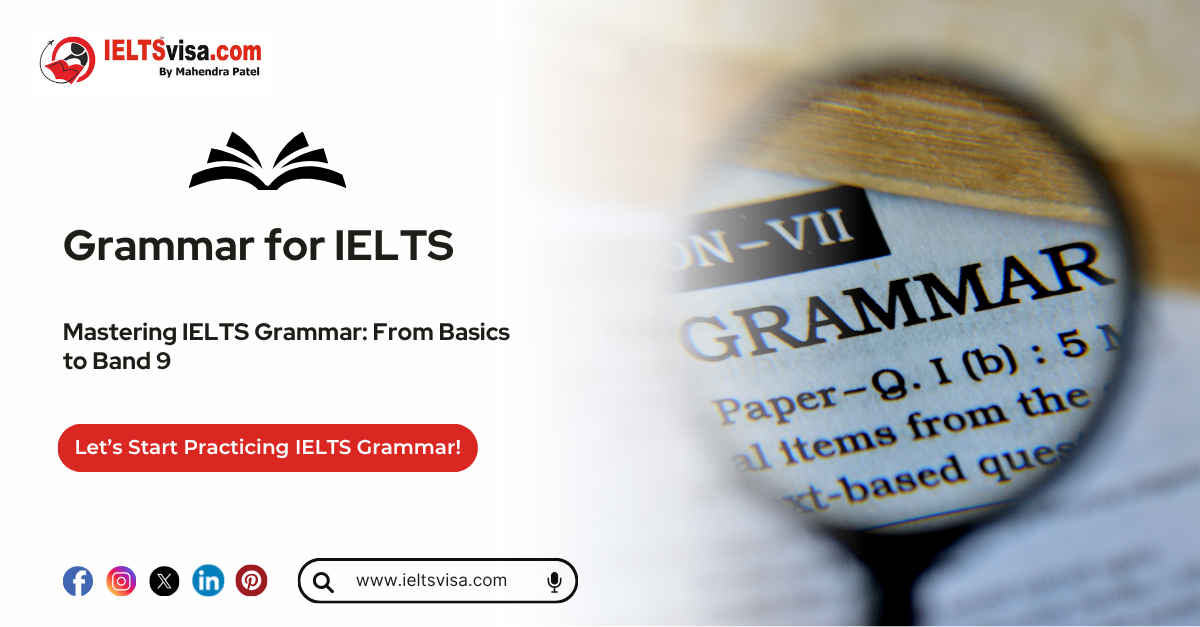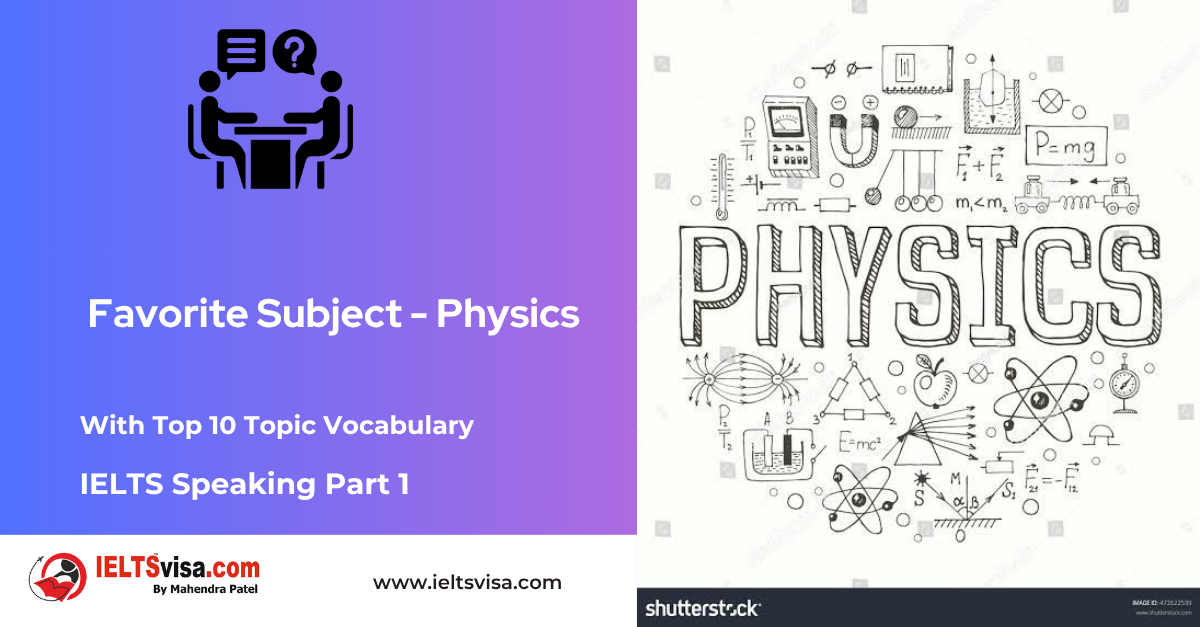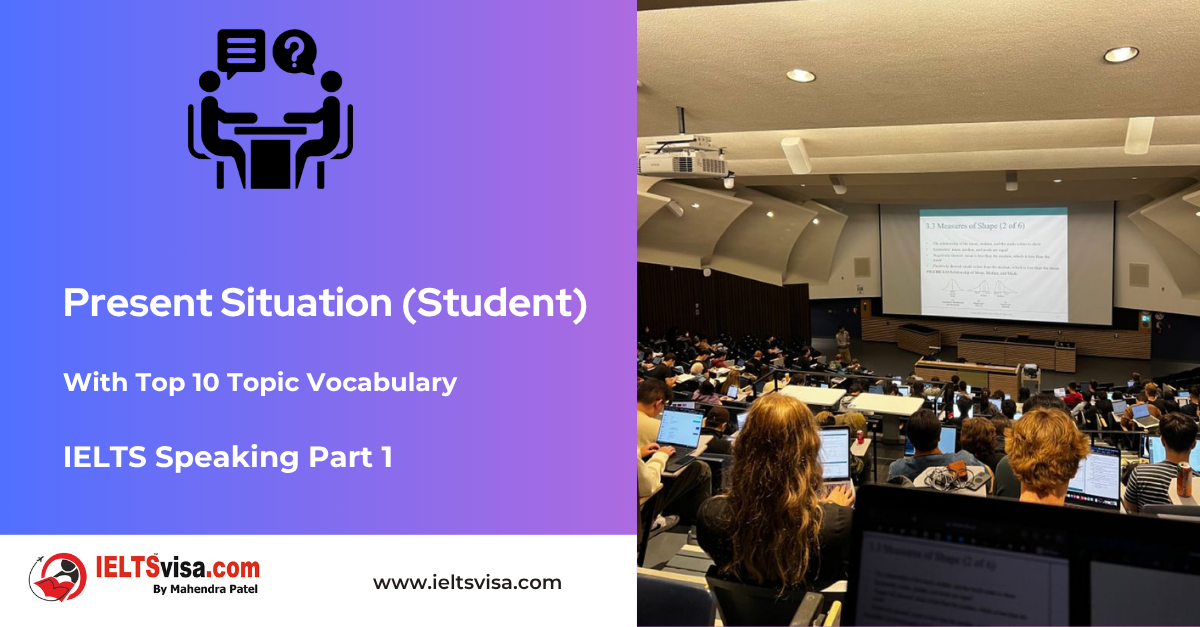American English
Grammar for IELTS

American English
American English is one of the most widely used forms of English worldwide. It has distinct features that set it apart from other English varieties, such as British or Australian English. This comprehensive guide will help you understand American English, its unique characteristics, and how to use it effectively. Designed for learners and children, this article ensures simplicity and clarity.
Table of Contents
1. What Is American English?
2. History and Evolution of American English
3. Differences Between American and British English
-
- Spelling
- Vocabulary
- Grammar
- Pronunciation
4. Common Features of American English
5. Pronunciation Rules in American English
6. Spelling Conventions in American English
7. Common American English Vocabulary
8. Idioms and Expressions in American English
9. Tips for Learning and Using American English
10. Frequently Asked Questions About American English
1. What Is American English?
American English refers to the variety of the English language spoken and written in the United States. It has its own set of spelling rules, vocabulary, and grammar that differ from other English forms. American English is widely used in media, business, and education, making it an essential dialect to learn.
2. History and Evolution of American English
The evolution of American English dates back to the early colonisation of North America by English settlers in the 17th century. Over time, influences from Native American languages, African languages, and immigrant languages (such as German, Spanish, and Italian) have shaped American English into its unique form. Technological advancements, media, and globalisation have further solidified its global presence.
3. Differences Between American and British English
A. Spelling
American English simplifies spellings compared to British English:
-
- Color (American) vs. Colour (British)
- Center (American) vs. Centre (British)
- Realise (American) vs. Realise (British)
B. Vocabulary
Certain words differ entirely:
-
- Elevator (American) vs. Lift (British)
- Apartment (American) vs. Flat (British)
- Truck (American) vs. Lorry (British)
C. Grammar
American English uses the simple past tense more often:
-
- I already ate (American) vs. I have already eaten (British).
Collective nouns are treated as singular in American English:
-
- The team is winning (American) vs. The team are winning (British).
D. Pronunciation
American English often features rhotic accents, meaning the “r” sound is pronounced in words like “car” and “mother,” unlike some British accents where the “r” is silent.
4. Common Features of American English
A. Simplified Spelling
Words are often spelled phonetically, eliminating extra letters.
B. Phrasal Verbs
American English uses phrasal verbs frequently (e.g., pick up, get over).
C. Informality
Casual and conversational tones are common in American communication.
5. Pronunciation Rules in American English
A. Rhotic Accent
-
-
The “r” is always pronounced in words like car or hard.
-
B. Flapping
-
- The “t” sound in words like butter or water sounds like a soft “d.”
C. Stress Patterns
American English often emphasises syllables differently:
-
- AD-dress (American noun) vs. ad-DRESS (British noun).
6. Spelling Conventions in American English
Here are some key rules to follow:
1. -or vs. -our: American English drops the “u.”
-
- Flavor (American) vs. Flavour (British)
2. -er vs. -re: American English uses “-er.”
-
- Theater (American) vs. Theatre (British)
3. -ize vs. -ise: American English prefers “-ize.”
-
- Realise (American) vs. Realise (British)
7. Common American English Vocabulary
Here’s a list of common American terms:
|
American English |
British English |
|
Sidewalk |
Pavement |
|
Faucet |
Tap |
|
Fall |
Autumn |
|
Diaper |
Nappy |
|
Trash |
Rubbish |
8. Idioms and Expressions in American English
a. Popular Idioms
1. Break the ice: Start a conversation.
2. Hit the nail on the head: Get something exactly right.
3. A piece of cake: Something very easy.
b. Common Expressions
-
- What’s up?: A casual greeting.
- That’s cool!: An expression of approval.
9. Tips for Learning and Using American English
A. Watch American Media
Movies, TV shows, and news channels can help you understand accents and vocabulary.
B. Practice with Native Speakers
Engage in conversations with Americans to get accustomed to their speaking style.
C. Use Language Apps
Apps like Duolingo and Grammarly can help refine your American English.
D. Read American Literature
Books, newspapers, and blogs in American English can improve comprehension and vocabulary.
Frequently Asked Questions About American English
Q1. Why is American English different from British English?
American English evolved independently due to geographic, cultural, and historical factors.
Q2. What are the key spelling differences?
American English simplifies spellings by removing extra letters (e.g., color instead of colour).
Q3. How can I practice American pronunciation?
Use apps like Forvo, watch American media, and repeat phrases aloud.

Our Books
Master IELTS Speaking Part 1
IELTS Writing Task 1 Book
IELTS Writing Task 2 Book
Practice IELTS Other Modules
IELTS Listening
The IELTS Listening test assesses how well you can understand spoken English in various contexts. It lasts about 30 minutes and is divided into four sections with a total of 40 questions. The listening tasks become increasingly difficult as the test progresses.
IELTS Academic Reading
The IELTS Academic Reading section assesses your ability to understand and interpret a variety of texts in academic settings. It is designed to evaluate a range of reading skills, including skimming for gist, reading for main ideas, reading for detail, understanding inferences, and recognizing a writer's opinions and arguments.
IELTS Speaking
The IELTS Speaking test assesses your ability to communicate in English on everyday topics. It lasts 11-14 minutes and consists of three parts: introduction, cue card, and a discussion based on the cue card topic.
IELTS General Reading
IELTS General Reading tests your ability to understand and interpret various types of texts. Here are some key areas and types of content you can expect to encounter in the reading section, along with tips for effective preparation.
IELTS Academic Writing Task 1
In IELTS Academic Writing Task 1, you are presented with a visual representation of information, such as graphs, charts, tables, or diagrams, and you are required to summarize, compare, or explain the data in your own words.
IELTS General Writing Task 1
In IELTS General Writing Task 1, you are required to write a letter based on a given situation. The letter can be formal, semi-formal, or informal, depending on the prompt. Here’s a breakdown of the key components to include in your letter
IELTS Academic Writing Task 2
In IELTS Academic Writing Task 2, you are required to write an essay in response to a question or topic. Here’s a guide to help you understand the essential elements of this task
IELTS Exam Tips
To succeed in the IELTS exam, practice regularly, familiarize yourself with the test format, improve your vocabulary, develop time management skills, and take mock tests to build confidence.
Grammer for IELTS
Grammar is the foundation of effective communication in English. Understanding tense usage, subject-verb agreement, and sentence structure enhances clarity and coherence in writing and speaking.
Vocabulary for IELTS
Vocabulary plays a crucial role in the IELTS (International English Language Testing System) exam, especially in the Speaking and Writing sections. Here’s an overview of why vocabulary is important and how it impacts your performance
RECENT IELTS SAMPLES QUESTIONS AND ANSWERS
IELTS Speaking Part 1 – Favourite Sujbect – Physics
IELTS Speaking Part 1 - Favourite Sujbect - Physics Q: What is your favourite subject? A: My favourite subject...
IELTS Speaking Part 1 – Present Situation (Student)
IELTS Speaking Part 1 - Present Situation (Student) Q1: Are you a student or do you work?A: I’m a full-time...
IELTS Speaking Part 1 – Present Situation – Employee – as an International Student and Social Worker
IELTS Speaking Part 1 - Present Situation - Employee - as an International Student and Social Worker Q1: Are...
IELTS Speaking Part 1 – Persent Situation – Employee- as an Electric Engineer
IELTS Speaking Part 1 - Persent Situation - Employee- as an Electric Engineer Q1: What do you do for a...
IELTS Speaking Part 1 – Persent Situation – Employee – as an Software Engineer
IELTS Speaking Part 1 - Persent Situation - Employee - as an Software Engineer Q1: What do you do for a...
IELTS Speaking Part 1 – Persent Situation – Married
IELTS Speaking Part 1 - Persent Situation - Married Q1: Are you married?A: Yes, I am married. My spouse and I...













